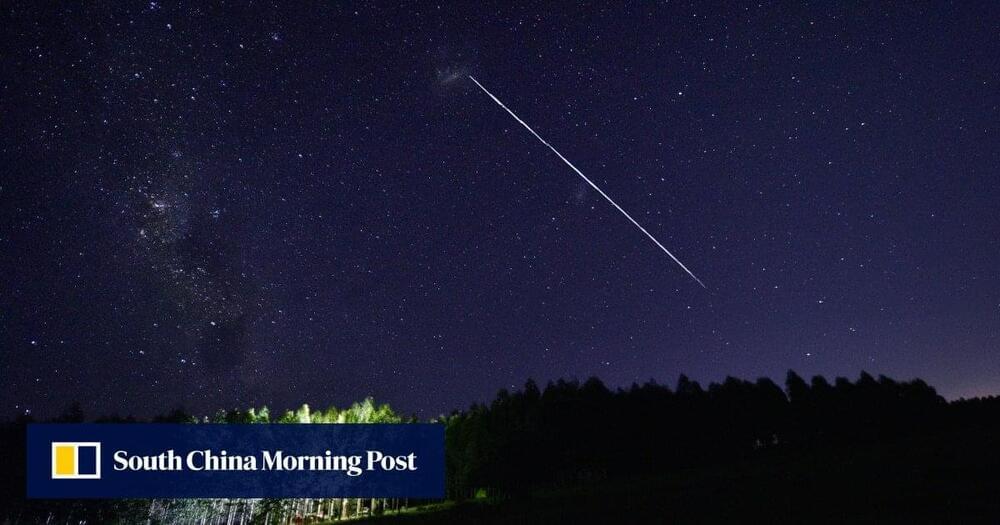SpaceX kicked off 2022 with a bang. CEO ELon Musk’s spaceflight firm launched a Falcon 9 rocket packed with Starlink satellites for its internet constellation.
Category: satellites – Page 96

Elon Musk’s Starlink & Google Partnership Will Change EVERYTHING
The deal will involve SpaceX installing ground stations inside google’s data centers to link with Starlink satellites. This synergy will provide ultra-fast internet services to enterprise clients. We could start seeing the outcome of the partnership as early as this year, especially since Musk has promised Starlink would exit beta mode despite the size of googling this deal is enormous because it is giving an edge in its competition the software behemoth Microsoft and online retail king Amazon in the cloud computing market.
Google needs to diversify as quickly as possible because its advert business is no longer growing at the usual rate. The cloud is a way for Google to shore up its revenue to sustain its growth, so landing a client like SpaceX is a big deal for Google because its cloud computing service will be delivered to clients at high speed the first at Google data center to host a starling the base station is in New Albany Ohio followed by other data centers in the US. Still, ultimately most of google’s data centers worldwide would be connected.
Google and SpaceX had a bit of history back in 2015; the search giant invested 900 million dollars into SpaceX, which was meant to cover various technologies, including making the satellites themselves. Hence, it is natural that the two companies would do business together. The deal benefits all the parties involved, and Google brings its cloud services to more customers through a secure and fast internet network.
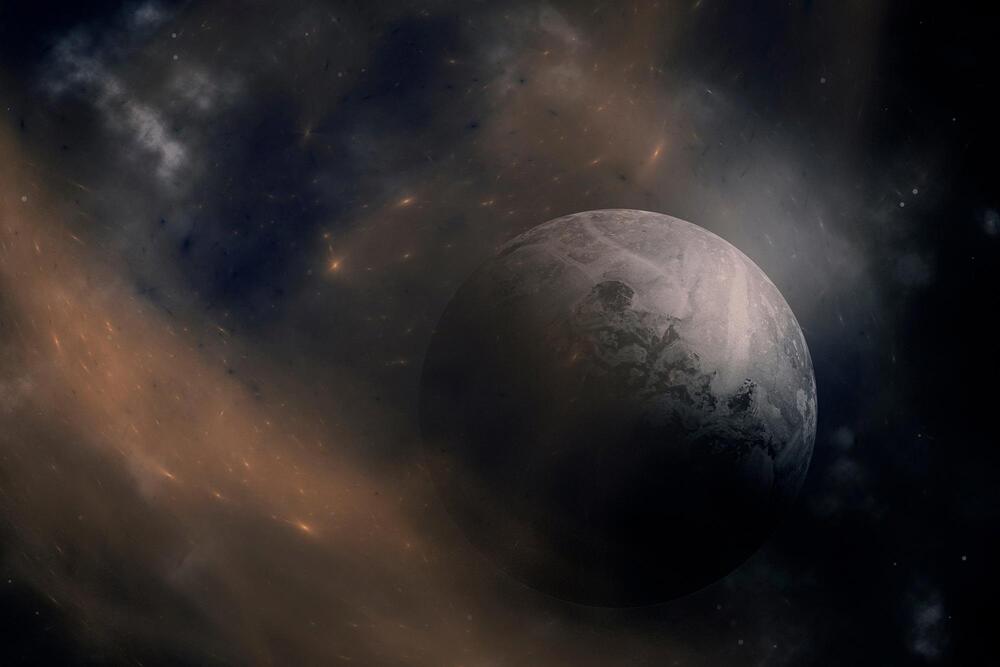
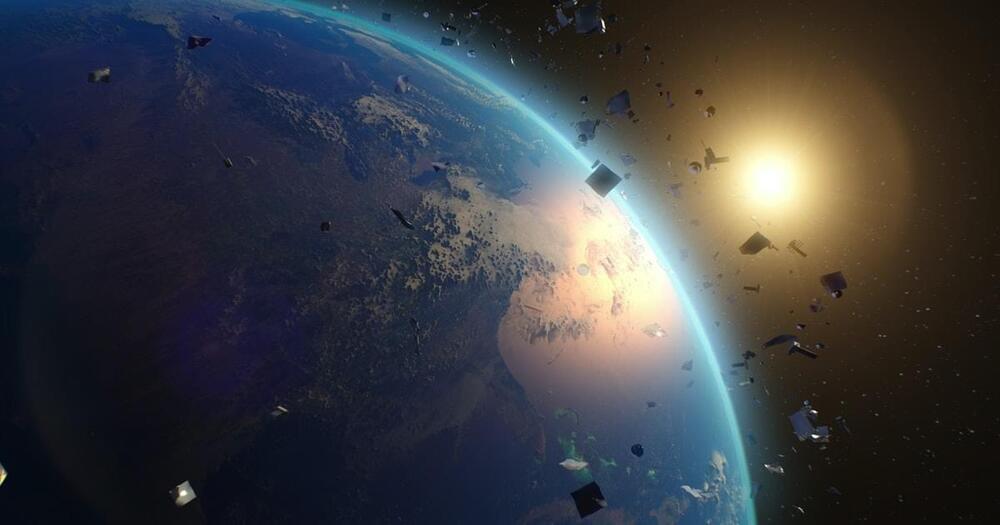

Self‐healing crystal voids in double perovskite nanocrystal
From the Terminator to Spiderman’s suit, self-repairing robots and devices abound in sci-fi movies. In reality, though, wear and tear reduce the effectiveness of electronic devices until they need to be replaced. What is the cracked screen of your mobile phone healing itself overnight, or the solar panels providing energy to satellites continually repairing the damage caused by micro-meteorites?

SpaceX drone ship heads to sea for first 2022 Falcon launch
SpaceX drone ship Of Course I Still Love You (OCISLY) departed Port Canaveral on January 1st, heading to sea on the first day of the year for SpaceX’s first launch of 2022.
With a launch manifest that’s never been more jam-packed and seemingly achievable, it’s no surprise that SpaceX is wasting no time kicking off what could be its third record-breaking year in a row. Barring delays, drone ship ASOG will arrive about 640 km (400 mi) downrange at its recovery site – just northeast of the Bahamas – a day or two before Falcon 9’s first launch and landing attempt of the year. Known as Starlink 4–5 (Group 4 Launch 5) and scheduled to lift off no earlier than (NET) 4:49 pm EST (21:49 UTC), Thursday, January 6th, it will be SpaceX’s 34th dedicated Starlink launch since May 2019.
Perhaps more importantly, if the mission goes to plan and doesn’t have rideshare payloads, SpaceX will start 2022 having just launched its 1997th Starlink satellite, including two prototypes that came to be known as Tintin A and B and kicked off the constellation’s in-space hardware testing phase in February 2018. Excluding all prototypes, Starlink 4–5 will mark the launch of more than 1900 (1922) nominally operational Starlink satellites.
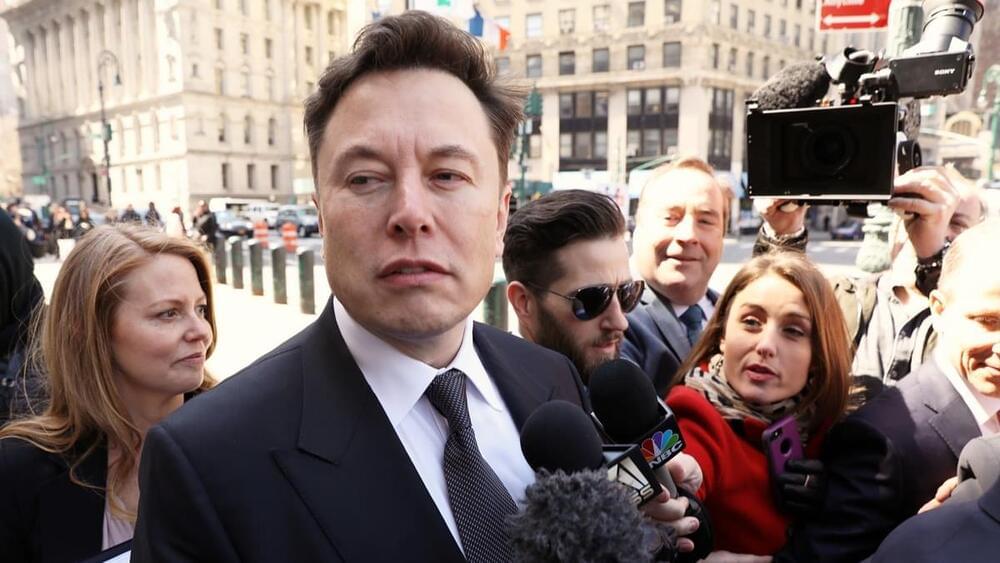
Elon Musk rejects claims about Starlink satellites crowding the space
In a recent interview, Elon Musk rejected the claims about Starlink satellites crowding the space.
Couple of days ago, China complained to the UN that their space station had two close encounters with Starlink satellites and for safety reasons they implemented preventive collision avoidance control. China’s complain stated that the first incident occurred on 1st July and the second one was on 21st October 2021.
For your information, Starlink is the satellite internet constellation started by Elon Musk’s SpaceX and it aims to provide low cost high speed broadband internet service in every corner of the world, especially in rural places where cell services are not that advance. Currently there are over 1200+ Starlink satellites in space.
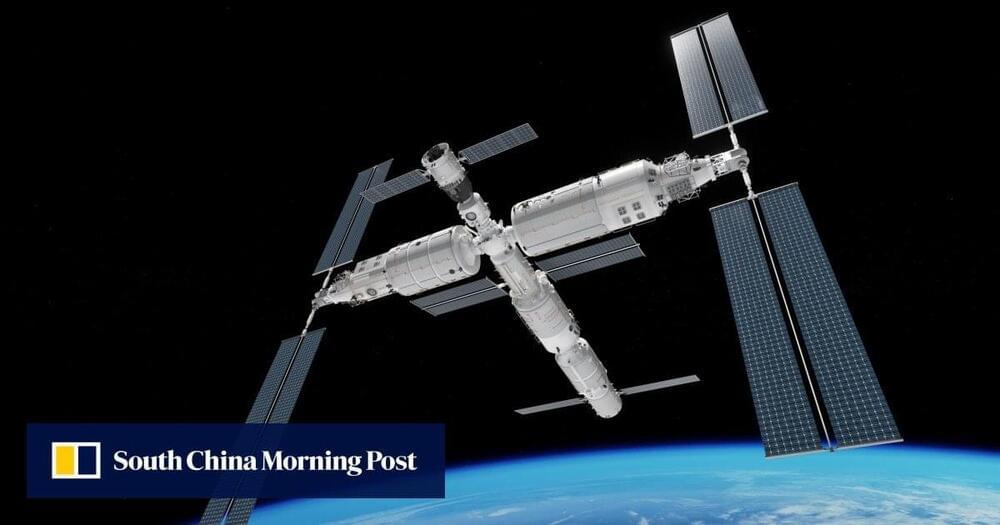
A Chinese Satellite Can Allegedly Take High-Res Images of US Cities In Seconds
While rotating at up to 10 degrees per second!
The technological competition between the United States and China is growing at breakneck speeds.
A small and relatively low-cost satellite by China can allegedly take high-resolution images of cities in mere seconds, The South China Morning Post first reported. The images are allegedly so detailed that they can be used to identify specific military vehicles and weapons.
An impressive act proving this statement was performed by Beijing-3, a small commercial satellite launched by China in June. Beijing-3 conducted an in-depth scan of the San Francisco Bay, which corresponds to roughly 1,470 sq mi (3,800 sq km), within 42 seconds, according to scientists involved in the satellite project who published the results this month in the Chinese peer-reviewed journal Spacecraft Engineering.
Full Story:
